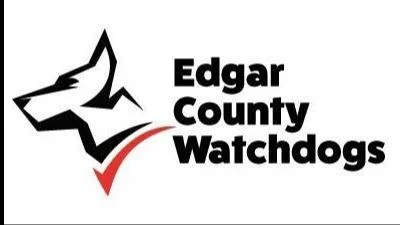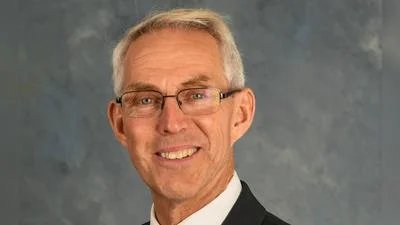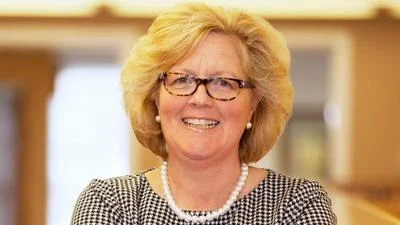Does more money equal a better education?
There’s perhaps no better way to examine that question than the real-life experiment known as the Chicago Public Schools (CPS), where over the past 10 years enrollment has fallen and spending has soared.
CPS enrollment in 2005 was more than 425,000. Last year it was less than 398,000.
But CPS isn’t spending less than 10 years ago to educate fewer children -- it’s spending more. Much, much more.
In fact, Chicago school spending has risen 30 percent in the past 10 years. Last year, per-pupil spending was $15,120, making CPS one of the richest school districts in the state.
Driven by an all-Chicago power structure in Springfield -- both the House and Senate have been controlled by Chicago Machine Democrats since the mid-1990s, and the 2000s saw two Chicago-bred governors (Rod Blagojevich, Pat Quinn) -- the burden for Chicago school spending now falls on state taxpayers.
Left with complete control of Springfield and state coffers, Chicago leaders did what you’d expect they would: they siphoned more money from downstate and the suburbs to CPS.
In 2005, Springfield sent $1.4 billion to CPS. Last year, it sent $1.8 billion -- for fewer students.
Comparing spending and test scores
So what were the results?
In last year’s statewide PARCC exam, 25 percent of CPS students passed. Put more cynically -- 75 percent failed a test in which failure means a student “isn’t ready for the next grade.”
How did East Central Illinois school districts compare?
Charleston Middle School had the highest achievement rate in the region, with 39 percent passing. Charleston High School had a passage rate of 37 percent.
Charleston School District’s scores were better despite spending $10,159 per pupil, or 48 percent less than Chicago.
Mattoon High School had a 37 percent passage rate, but only spent $9,750 per pupil, or 55 percent less than Chicago.
Cumberland School District had the lowest per-pupil spending of any local district surveyed -- $8,148 per pupil. But Cumberland Elementary School managed a 31 percent passage rate -- better than Chicago for 86 percent less expense.






 Alerts Sign-up
Alerts Sign-up